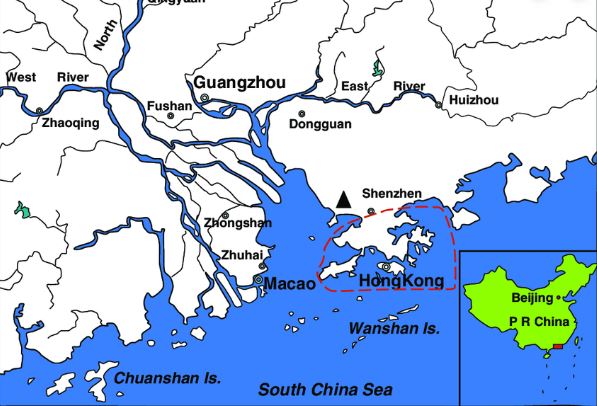When I arrived in Guangzhou—my birth city in South China—last month, one of the first comments from my family was that pork prices had spiked greatly. Why? An epidemic of African swine fever has recently wiped out at least a third of all pigs in China. As the US-China trade war escalates, Chinese hog farmers bear the brunt of a shortage of soybean imports to feed the pigs. And it was on the eve of the Chinese Mid-Autumn Festival (Sep 13), a traditional holiday for Chinese families to get together for a dinner and to appreciate the roundest and brightest full moon at night. During the celebration of the Mid-Autumn Festival, demand for pork is higher than supply.
As I described in my memoir Golden Orchid, when it comes to celebratory meals and banquets in China, a dinner is not complete without chicken. Nevertheless, pork is more important than chicken in Chinese everyday diets. China is a country of pork eaters. In Mandarin Chinese, if you are asked whether you “chi rou,” it means, do you eat meat? Precisely, it means do you eat pork. When a Chinese housewife says, she needs to “mai rou,” buy meat, in the supermarket. She means she needs to buy pork.
Pigs were among the first animals domesticated for food in ancient China. So pork tops all choices of meat products on a Chinese menu. Unless you are among the Muslim minorities who consume no pork at all, but only the halal food. Or if you are a devout Buddhist, consuming beef is a taboo in your belief. When the meat of a dish is not specified, you can be almost certain that it is pork.
So during my visit in Guangzhou, the price of pork was about 30 yuan a kilogram, soaring nearly 50 percent. Many Cantonese families that I know have given up pork for the Mid-Autumn Festival reunion dinner. In fact, there are more food options in big cities today than a decade ago. Online grocery shopping is a trend in Guangzhou as well as in many other Chinese big cities. If you know how to use a smart phone to shop, you can basically sit at home to plan your dinner. Imported fruits, free-ranged chicken, deep-sea fish galore, everything you want to buy, or food that you never heard of, can be found on the e-commerce portal websites. So despite the high priced pork, Chinese urban dwellers seem to have an easy way out to find other cuisine substitute, and perhaps more nutritious and economical food items.
To my amazement, grocery delivery in Guangzhou is very prompt. My uncle placed an online order in the morning, the shipment was delivered to the door in the afternoon. I think Amazon.com has a long way to catch up. After all, China has a domestic market of 1.4 billion people. The labor cost for one-day delivery is much lower than the same method being used in the US. Not to mention that a majority of Chinese people are now urbanized. The speed of urbanization in China is phenomenal, whereas the American population is widespread. Rural living is a dream for many in America but it is less appealing to the Chinese youths in China. One-day delivery is profitable and possible when great demand of services happen in a highly populated area. No wonder Amazon is investing tons of money on drone technology to replace human delivery.
In an attempt to alleviate the high price of pork and its demand, Chinese authorities are now releasing meat from its frozen-pork reserves, an emergency facility created in the 1970s. China is also importing soybeans from Brazil, Argentina and other agricultural countries instead as usual from the US. So just like an old saying goes, when a door shuts, the other opens. In terms of international trade and global e-commerce, there are many doors for China to knock on, aren’t there?

